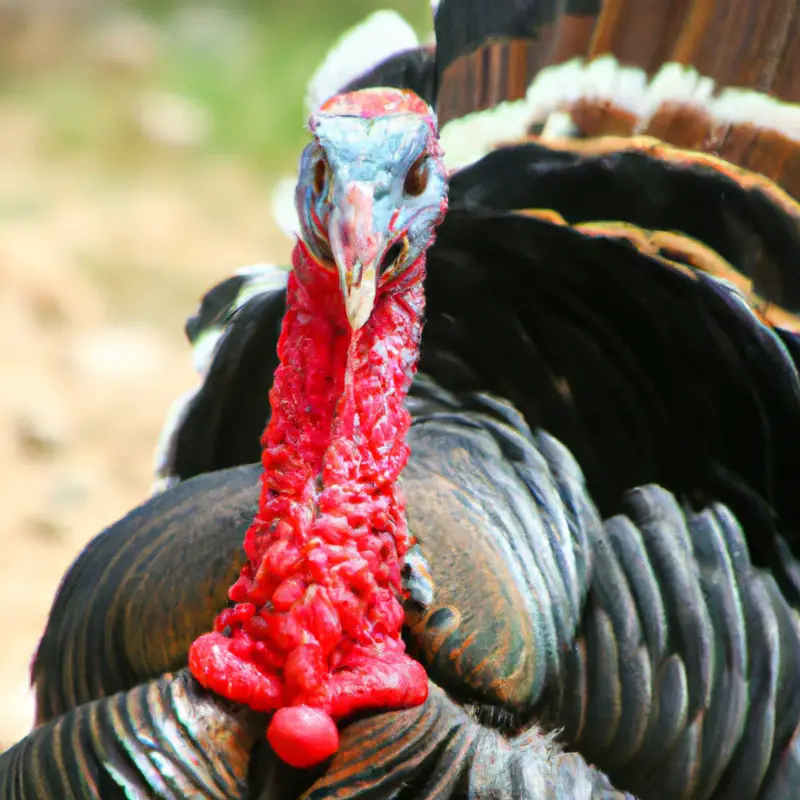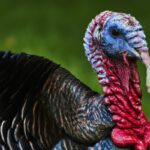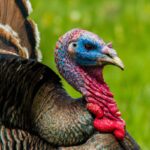Key Takeaways:
- Connecticut offers ample opportunities for turkey hunting.
- Proper licensing and permits are required for turkey hunting in Connecticut.
- Conservation efforts have led to a healthy population of turkeys in the state.
- Turkey hunting seasons and regulations vary based on the zone in Connecticut.
Are you ready to chase the wily turkey across the stunning landscapes of Connecticut? Well, grab your gear and get your game face on because I’m here to guide you through the exhilarating world of turkey hunting in the Constitution State.
From understanding the dates and regulations to finding the best hunting spots, selecting the right gear, and mastering the techniques, I’ve got you covered.
So, if you’re itching for an unforgettable hunting adventure, join me as we dive into the wilds of Connecticut in pursuit of the elusive turkey. Let’s gobble up some knowledge and bag that trophy bird!
| Turkey Hunting in Connecticut | |
|---|---|
| Date | April 28 – May 27 |
| Legal Shooting Hours | From 1/2 hour before sunrise to 12:00 p.m. |
| Hunting Season | Spring and Fall |
| Permits Required | – Hunting License – Spring Turkey Permit |
| Bag Limit | Spring: 1 bearded turkey per permit Fall: 1 turkey of either sex per tag |
| Firearm Regulations | – Shotguns only – No larger than 10-gauge – Plugged to a 3-shell capacity |
| Additional Regulations | – Hunting with the aid of dogs is prohibited – Electronic calls are not allowed |
Turkey Hunting Season in Connecticut
Understanding the Dates and Regulations
Understanding the Dates and Regulations for turkey hunting in Connecticut is essential to ensure a successful and legal hunt.
The Connecticut Department of Energy and Environmental Protection sets the hunting season dates each year, so it is important to stay updated.
Additionally, make sure to familiarize yourself with the regulations regarding licensing requirements, bag limits, and hunting methods.
These regulations are put in place to promote conservation and ensure the safety of both hunters and wildlife.
Happy hunting!
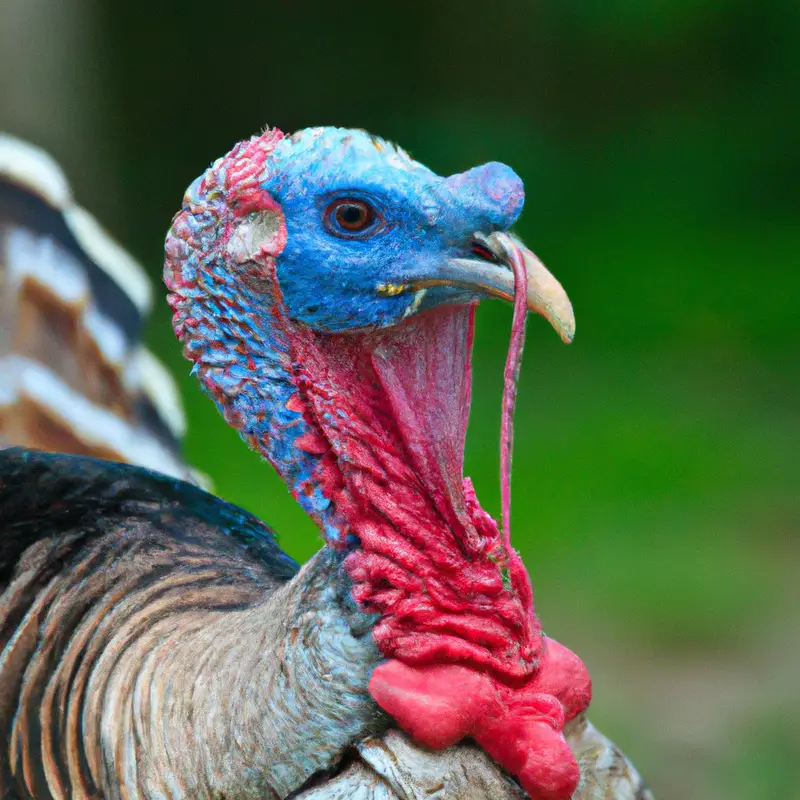
Hunting Licenses and Permits Required in Connecticut
To legally hunt turkey in Connecticut, you will need to obtain the appropriate licenses and permits.
Here’s what you need:
- Resident Hunting License: If you are a resident of Connecticut and want to hunt turkey, you must first obtain a Resident Hunting License. This license allows you to hunt various game species, including turkey, within the state.
- Turkey Permit: In addition to the Resident Hunting License, you will need to obtain a Turkey Permit specifically. This permit grants you the legal authority to pursue and harvest turkeys during the designated hunting season.
- Landowner Permission: If you plan to hunt on private property, it’s essential to obtain permission from the landowner. This shows respect for the property owner’s rights and ensures you are hunting in a lawful manner.
Remember, it is crucial to review and adhere to Connecticut’s hunting regulations to stay compliant with the law.
Happy hunting!
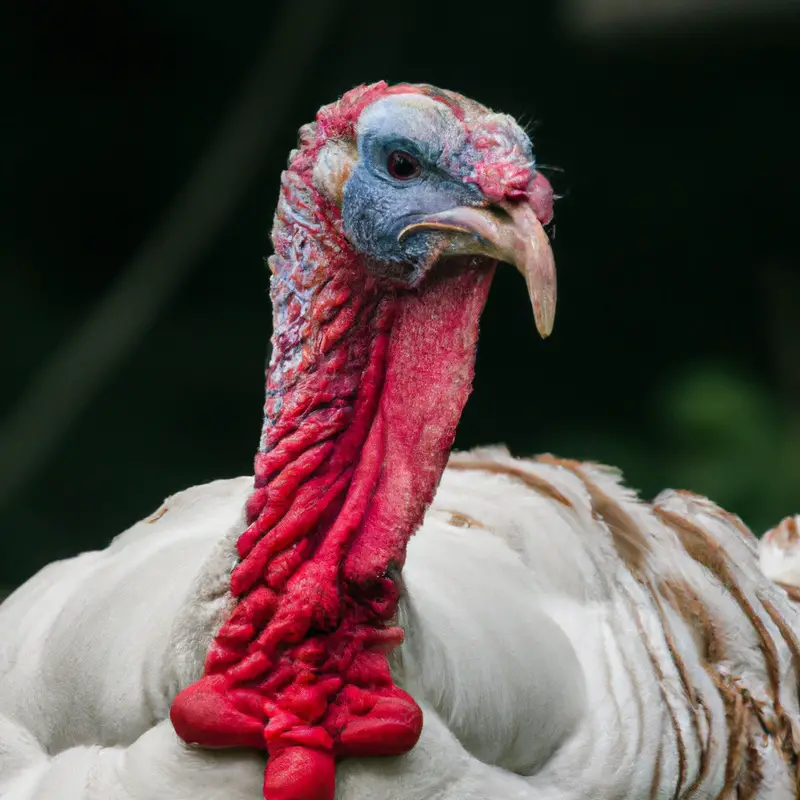
Finding the Best Turkey Hunting Spots in Connecticut
Researching Public Lands and Wildlife Management Areas
When researching public lands and wildlife management areas for turkey hunting in Connecticut, it’s important to gather information on regulations, access, and habitat. Check the website of the Connecticut Department of Energy and Environmental Protection (DEEP) for details on specific areas open to hunting.
Look for maps, hunting seasons, and any special restrictions.
Additionally, consider reaching out to local hunting clubs or talking to experienced hunters who can offer insights and recommendations. By doing your research, you’ll be well-prepared to find the best spots for turkey hunting in Connecticut.
Connecting with Local Landowners for Private Hunting Opportunities
When it comes to finding private hunting opportunities, connecting with local landowners is key.
Here are some tips for reaching out:
- Research local hunting clubs or organizations that can give you access to landowner contact information.
- Use online platforms and social media groups to connect with landowners who may be open to allowing hunting on their property.
- Be respectful and professional when reaching out to landowners, explaining your hunting experience and intentions.
- Offer to help with land maintenance or other tasks in exchange for hunting permission.
- Consider attending local hunting and conservation events to network with landowners and make connections.
Remember, building relationships with landowners takes time and effort, but it can lead to amazing private hunting opportunities.
Considering Outfitters and Guided Hunts in Connecticut
If you’re considering outfitters and guided hunts in Connecticut, there are a few things you should keep in mind. Firstly, check for outfitters or guides who have experience and knowledge of the local area.
They can help you navigate the hunting regulations and ensure you have the best chance of success.
Secondly, consider the type of hunt you’re looking for and choose an outfitter or guide that specializes in that type of hunting. For example, if you prefer bow hunting or turkey hunting, find someone who is experienced in those areas.
Lastly, read reviews and ask for recommendations from other hunters to ensure you’re choosing a reputable and reliable outfitter or guide.
Happy hunting!

Essential Gear for Turkey Hunting in Connecticut
Selecting the Right Shotgun and Ammunition
When selecting a shotgun for turkey hunting in Connecticut, opt for a 12 or 20 gauge shotgun.
The 12 gauge is more common, but the 20 gauge may be lighter and easier to handle.
Consider a shotgun with a shorter barrel length for maneuverability.
As for ammunition, use turkey-specific loads such as shotshells with smaller shot sizes like #4, #5, or #6 shot.
These loads provide the necessary power and density to effectively bring down a turkey.
Always check the state regulations for any specific restrictions on shotgun and ammunition choices.
Choosing the Appropriate Turkey Calls and Decoys
When it comes to turkey hunting in Connecticut, choosing the right turkey calls and decoys is essential. Turkey calls help you mimic the sounds of a turkey, attracting them to your location.
There are different types of calls, including box calls, slate calls, and mouth calls, so you can choose the one that suits you best.
Decoys, on the other hand, look like real turkeys and help create a realistic hunting environment. Make sure to select decoys that match the local turkey species and use them strategically to lure turkeys within range.
Importance of a Camouflage Clothing and Other Accessories
Camouflage clothing and other accessories are essential for turkey hunting in Connecticut.
They play a crucial role in helping you blend into your surroundings, making it easier to approach turkeys undetected.
With the right camouflage gear, you can effectively break up your silhouette and remain hidden from the keen eyesight of these birds.
Additionally, accessories like a face mask and gloves help to conceal any exposed skin that could give away your position.
Remember, investing in high-quality camouflage clothing and accessories is a must for a successful turkey hunting experience in Connecticut.
Tips and Techniques for a Successful Turkey Hunt in Connecticut
Understanding Turkey Behavior and Patterns
Understanding Turkey Behavior and Patterns Turkeys are highly observant and wary creatures, making it imperative to understand their behavior and patterns for a successful hunt. Here are some key insights:
- Roosting behavior: Turkeys prefer to roost in tall trees, often near water sources or fields. Pay attention to their roosting locations to plan your hunting strategy.
- Feeding patterns: Turkeys feed early in the morning and again in the late afternoon. Scout their feeding areas for fresh droppings, scratch marks, and tracks to identify potential hunting spots.
- Breeding season: During the spring breeding season, male turkeys (toms gobble to attract hens. Listen for their calls and use decoys to create a realistic setup.
- Travel routes: Turkeys follow established travel routes between their roosting, feeding, and breeding areas. Identify and set up along these routes for increased chances of a successful hunt.
- Daily routines: Turkeys often have predictable daily routines. By observing their patterns and adjusting your hunting schedule accordingly, you can increase your chances of encountering them.
Remember, understanding turkey behavior and patterns takes time and practice. Continuously learning and adapting to their habits will greatly enhance your hunting experiences.
Happy hunting!
Mastering the Different Turkey Hunting Methods
Mastering the Different Turkey Hunting Methods requires a combination of patience, skill, and knowledge.
Here are some key methods to consider:
- Locator Calls: Use owl hoots or crow calls to locate turkeys early in the morning.
- Decoys: Set up decoys to attract turkeys by mimicking their appearance and behavior.
- Box Calls: Master the art of using a box call to produce authentic turkey sounds.
- Mouth Calls: Practice using diaphragm calls for realistic turkey vocalizations.
- Stealthy Approaches: Learn to move silently and use natural cover to get closer to your target.
- Ambush Tactics: Set up in areas where turkeys are likely to pass by, such as feeding or roosting sites.
- Hunting with a Partner: Team up with a partner to increase your chances of success and cover more ground.
Remember, mastering these methods takes time and experience.
Always prioritize safety and adhere to hunting regulations.
Happy hunting!
Techniques for Setting Up the Perfect Ambush Spot
To set up the perfect ambush spot for turkey hunting, consider the following techniques:
- Choose a location with good visibility, where you can easily spot the turkeys and set up decoys.
- Look for natural cover such as thick brush or trees to conceal yourself and provide a backdrop for your decoys.
- Find an area with fresh turkey sign, like scratching or droppings, indicating recent turkey activity.
- Set up your decoys strategically, placing them within shooting range and in a way that looks natural to attract turkeys.
- Create a comfortable shooting position with a clear line of sight to your decoys and potential turkey approach routes.
- Be patient and stay still, as turkeys have excellent eyesight and can easily spot movement.
Remember, turkey hunting requires careful planning and preparation.
By using these techniques, you can increase your chances of setting up a successful ambush spot.
Happy hunting!
Safety Measures for Turkey Hunting in Connecticut
Adhering to Connecticut’s Hunting Safety Laws
One of the most important things you can do as a hunter in Connecticut is to adhere to the state’s hunting safety laws. These laws are in place to protect not only yourself, but also others in the area.
Here are a few key safety laws to keep in mind:
- Always wear blaze orange: Connecticut law requires hunters to wear at least 400 square inches of solid fluorescent orange on their head, chest, and back. This makes it easier for other hunters to spot you and helps prevent accidents.
- Respect property boundaries: It’s important to know and respect the boundaries of private property when hunting. Always obtain permission from landowners before hunting on their land and be mindful of any posted signs indicating restricted areas.
- Use safe firearm handling practices: Follow safe firearms handling practices at all times. Treat every firearm as if it is loaded, keep your finger off the trigger until ready to shoot, and always point the muzzle in a safe direction.
- Be aware of your surroundings: Before taking a shot, make sure you have a clear and safe shooting lane. Be aware of what is beyond your target to avoid unintentional harm to others or their property.
- Familiarize yourself with hunting regulations: Take the time to familiarize yourself with Connecticut’s hunting regulations. These regulations change from year to year and can have specific requirements for different game species and hunting seasons.
By adhering to Connecticut’s hunting safety laws, you can help ensure a safe and enjoyable hunting experience for yourself and those around you. Stay responsible and always prioritize safety in the field.
Establishing Communication and Identifying Targets
Establishing effective communication while turkey hunting is essential.
Make sure you and your hunting companions use clear and concise signals to communicate without alerting potential targets.
Non-verbal communication and hand signals are recommended to minimize noise.
Additionally, it is crucial to correctly identify your target before taking any action.
Always positively identify the bird as a valid target and avoid shooting at movement or sound alone.
Take the time to ensure your target is within a safe shooting range and clearly visible before taking the shot.
Basics of First Aid in Case of Accidents or Injuries
In case of accidents or injuries during turkey hunting, it’s important to have basic first aid knowledge.
Here are some key points:
- Assess the situation: Stay calm and evaluate the severity of the injury. Determine if immediate medical attention is needed or if it can be treated on-site.
- Stop bleeding: Apply direct pressure to any wounds to control bleeding. Use a clean cloth or your hand to apply pressure until help arrives.
- Stabilize fractures: If someone has a suspected fracture, immobilize the injured area by splinting it with a sturdy object, such as a branch or a rolled-up newspaper.
- Attend to burns: For minor burns, cool the area with cold water. Do not apply ice or butter. For major burns, cover the affected area with a clean and dry cloth and seek medical help immediately.
- CPR and rescue breaths: If someone is unconscious and not breathing, initiate cardiopulmonary resuscitation (CPR by performing chest compressions and rescue breaths. Learn these techniques beforehand.
- Call for help: If the injury is severe or you are unsure how to handle the situation, call emergency services right away. Provide clear and precise information about the location and nature of the injury.
Remember, these are just basic guidelines for providing first aid in case of accidents or injuries.
It’s essential to take a certified first aid course to gain in-depth knowledge and skills.
Stay safe during your hunting adventures!
Final Verdict
Turkey hunting in Connecticut offers a thrilling and rewarding experience for both seasoned hunters and beginners alike.
By understanding the regulations and obtaining the necessary licenses and permits, hunters can explore the diverse hunting spots across public lands or establish connections with local landowners.
Equipping oneself with the right gear, mastering turkey behavior and hunting methods, and prioritizing safety measures are essential for a successful hunt.
Overall, Connecticut provides ample opportunities for turkey hunting, making it a must-visit destination for any avid hunter.
